Becoming a CNA offers Personal and Professional Pride
For many, employment can be an existential burden. A necessary usage of our precious time in order to maintain our lives and amass the financial and social resources needed to enjoy ourselves while not on the job. Work can, at times, feel a meaningless grind without real merit or substance. However, this is not a problem that a certified nursing assistant (CNA) faces.
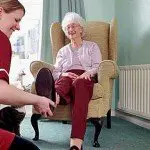
As a CNA, your duties impact the lives of other people in ways that many other forms of employment cannot. When directly involved in the wellbeing of those who require your help, your contributions and dedication will be felt not only by those under your immediate care but by their friends, family members, and loved ones. Your work will reverberate far beyond just one person, and those who are practicing CNAs are consistently on the receiving end of reciprocal gifts, cards, and appreciation.
CNAs often develop relationships with their patients. There is a sacred trust between the caregiver and the recipient in the medical world that fills a void that remains empty in other fields. While you may really hit it off with Carol in Human Resources working a desk job, the relationships formed between patients and CNAs is on a very honest, human level.
Often times CNAs work with the elderly. These are quite frequently people who will need assistance and care for the rest of their lives. Many will have stories to tell and family members to meet. Some, unfortunately, may not. The emotional impact of a CNA’s work cannot be overstated under these circumstances where the warmth, dignity, and responsibility of a CNA will be felt deeply, and the relationship regarded highly.
While there is always honor to be had in a job well done, there are few feelings quite like the satisfaction of helping someone else feel better. CNAs can expect to have a great deal of pride in their work as a result of being a positive force for good when and where people require it the most. Providing care for others is an affirming experience that reminds us to value life’s important moments, cherish our time, and prioritize. It teaches patience, humility, and empathy and rewards the practitioners of these virtues with a fulfilling career in the service of a greater purpose.



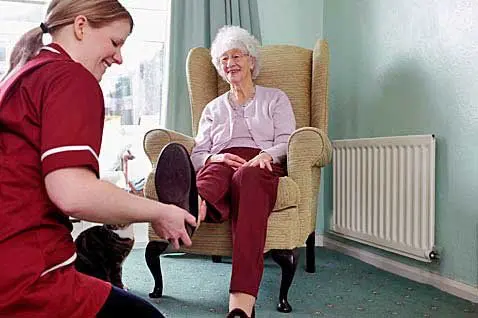




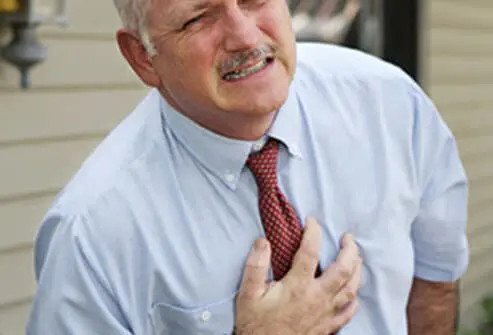
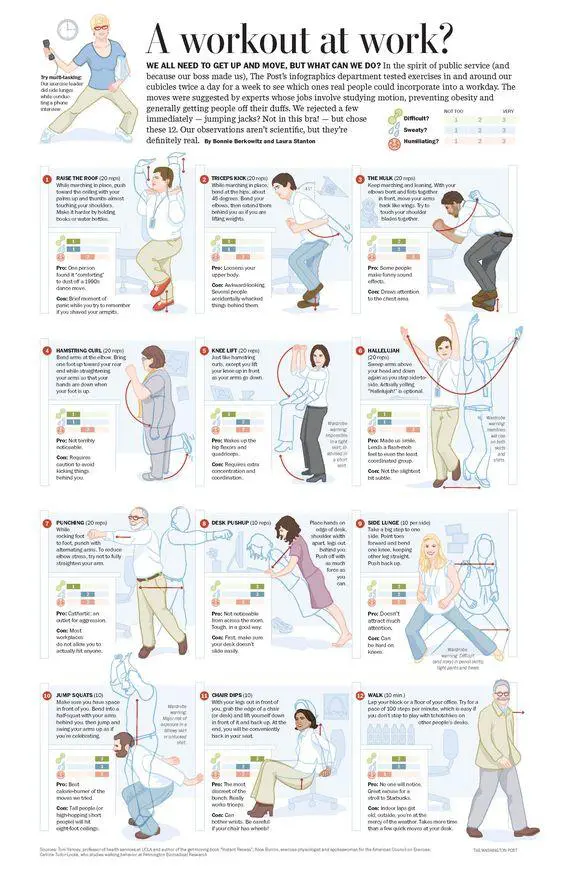
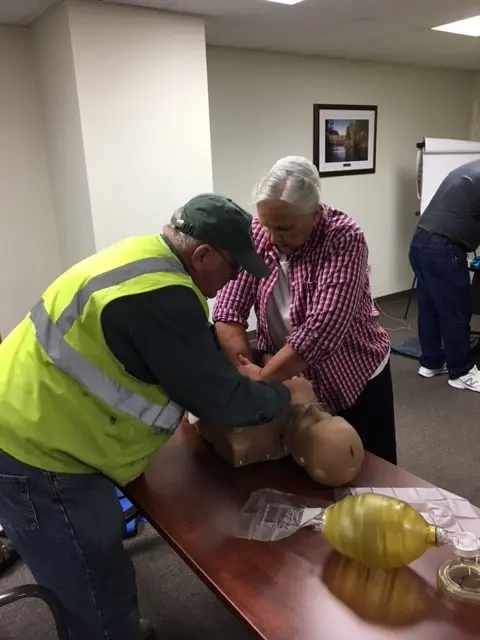

 The state of Minnesota is a beautiful place to live, work and raise your family. Minnesotans are hard workers who care about their state and each other. The small city of Stillwater, Minnesota is one of these close, family-centered communities. Stillwater, which is part of the greater Twin Cities metro area, has approximately 20,000 residents, and today’s residents are safer than ever thanks to the strides that the city has taken to become an official Heart Safe community.
The state of Minnesota is a beautiful place to live, work and raise your family. Minnesotans are hard workers who care about their state and each other. The small city of Stillwater, Minnesota is one of these close, family-centered communities. Stillwater, which is part of the greater Twin Cities metro area, has approximately 20,000 residents, and today’s residents are safer than ever thanks to the strides that the city has taken to become an official Heart Safe community.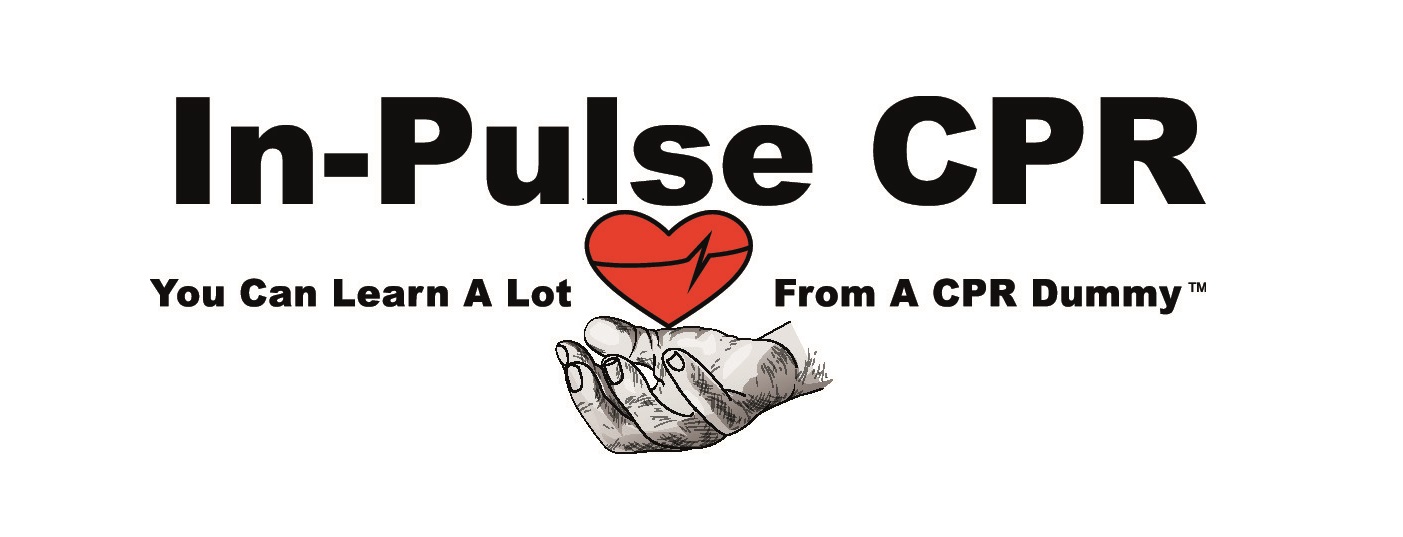
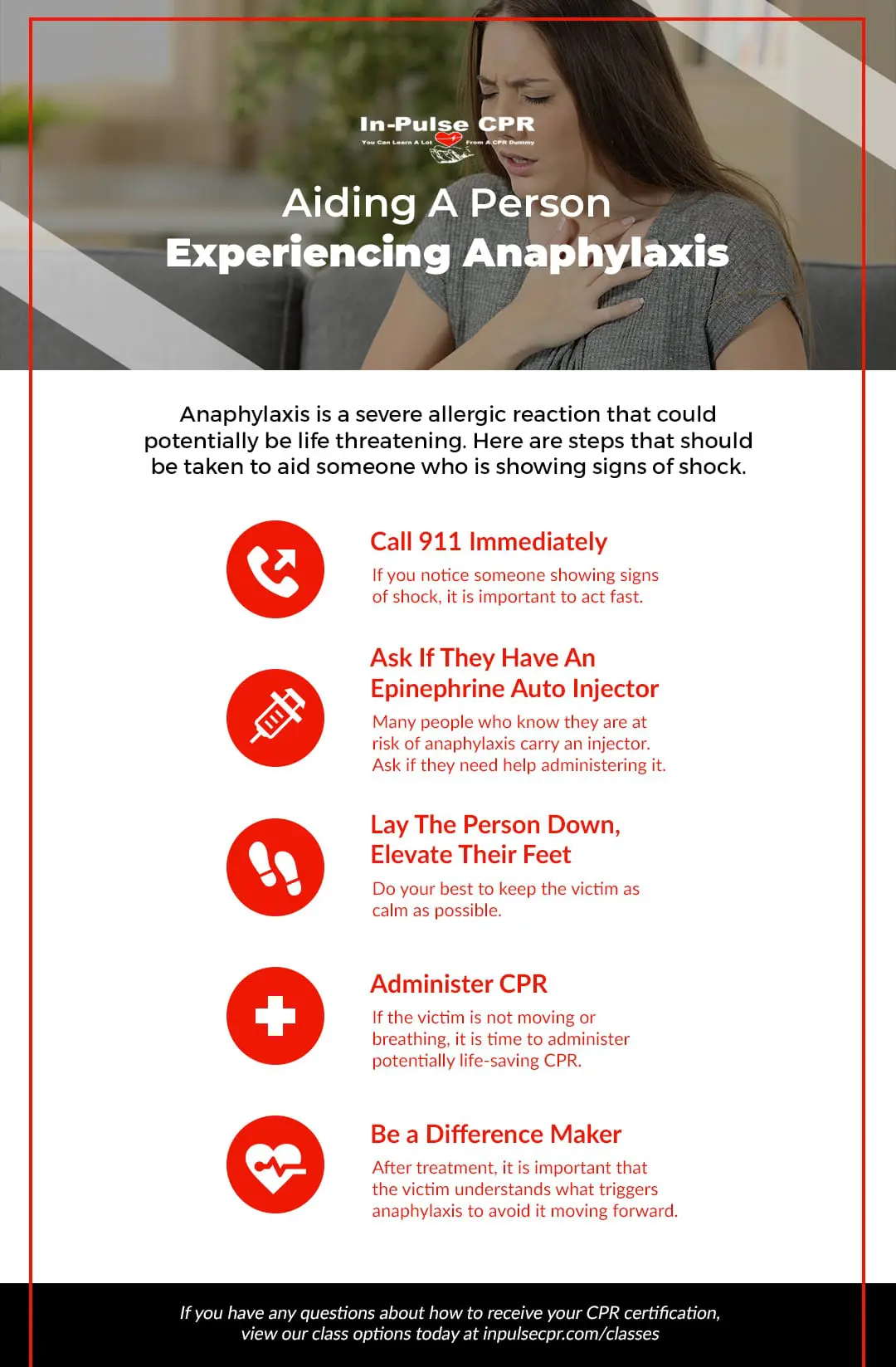


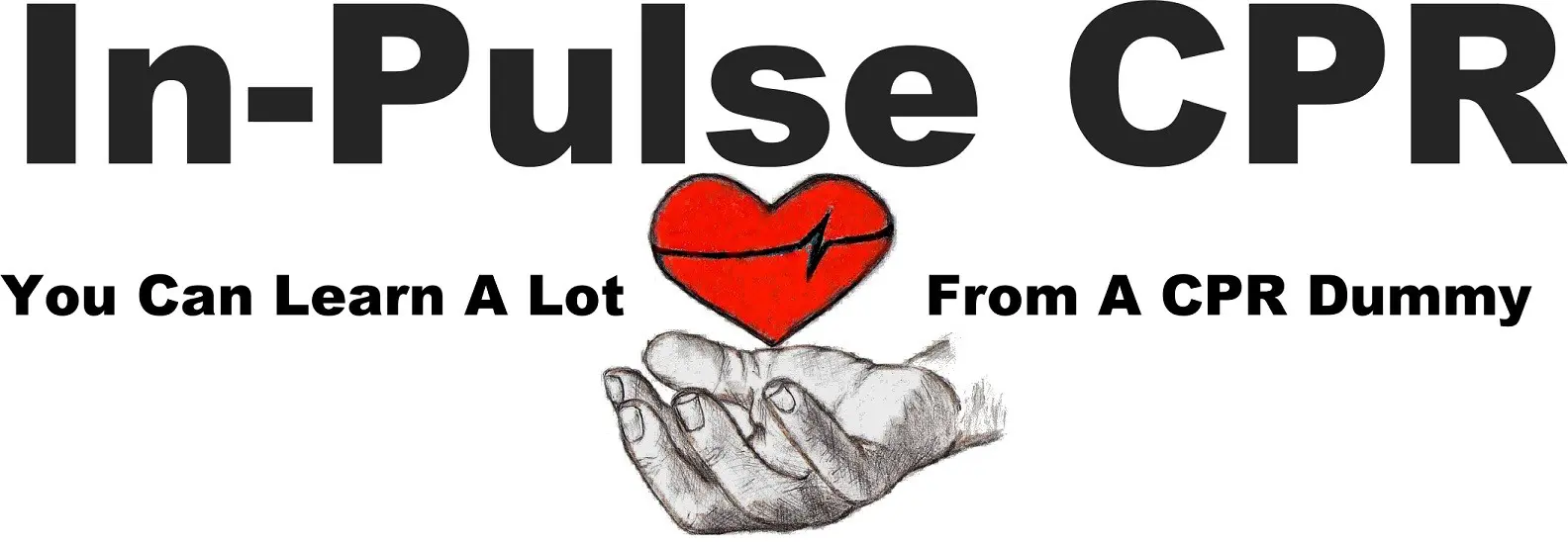
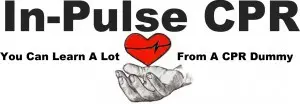



 ecision, the school board of Miami-Dade county has become the first in the state to elect to educate students in Hands-Only CardioPulmonary Resuscitation (CPR) as part of their Physical Fitness curriculum. While Florida is not one of the country’s 34 states that require that students be taught CPR in schools, the American Heart Association is hopeful that Florida’s largest district will set a precedent and lead the way for other counties to follow suit. Teaching CPR in school is an easy, convenient way to educate generation after generation of potential life savers.
ecision, the school board of Miami-Dade county has become the first in the state to elect to educate students in Hands-Only CardioPulmonary Resuscitation (CPR) as part of their Physical Fitness curriculum. While Florida is not one of the country’s 34 states that require that students be taught CPR in schools, the American Heart Association is hopeful that Florida’s largest district will set a precedent and lead the way for other counties to follow suit. Teaching CPR in school is an easy, convenient way to educate generation after generation of potential life savers.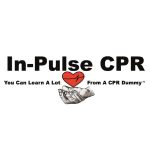



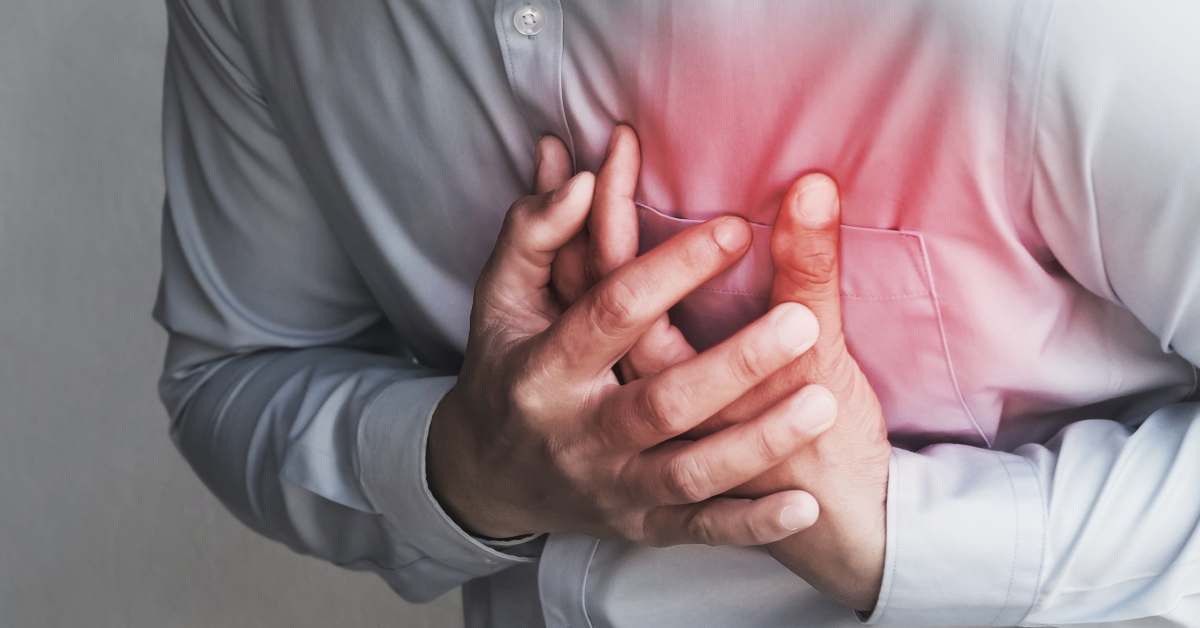
 On seeing that Trebbin was unresponsive and had no pulse, witnesses dialed 9-1-1, summoning professional first responders. Simultaneously, a nearby off-duty ER physician was alerted via her Smart Phone of this emergency just blocks from her home. Arriving before the first responders, she performed CPR on Trebbin until police arrived with an Automated External Defibrillator, or AED, which she used to re-establish productive heart rhythm. She then accompanied Trebbin via ambulance to the nearest hospital, which happened to be the hospital at which she worked.
On seeing that Trebbin was unresponsive and had no pulse, witnesses dialed 9-1-1, summoning professional first responders. Simultaneously, a nearby off-duty ER physician was alerted via her Smart Phone of this emergency just blocks from her home. Arriving before the first responders, she performed CPR on Trebbin until police arrived with an Automated External Defibrillator, or AED, which she used to re-establish productive heart rhythm. She then accompanied Trebbin via ambulance to the nearest hospital, which happened to be the hospital at which she worked.